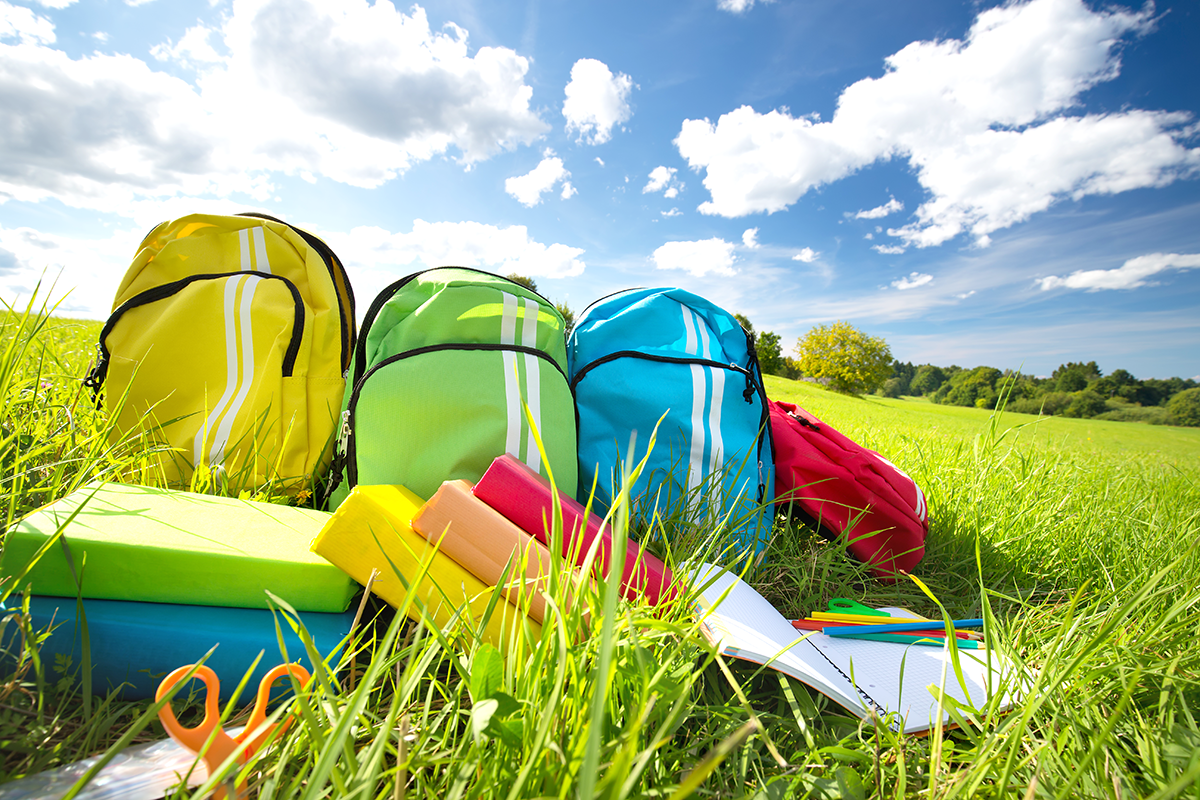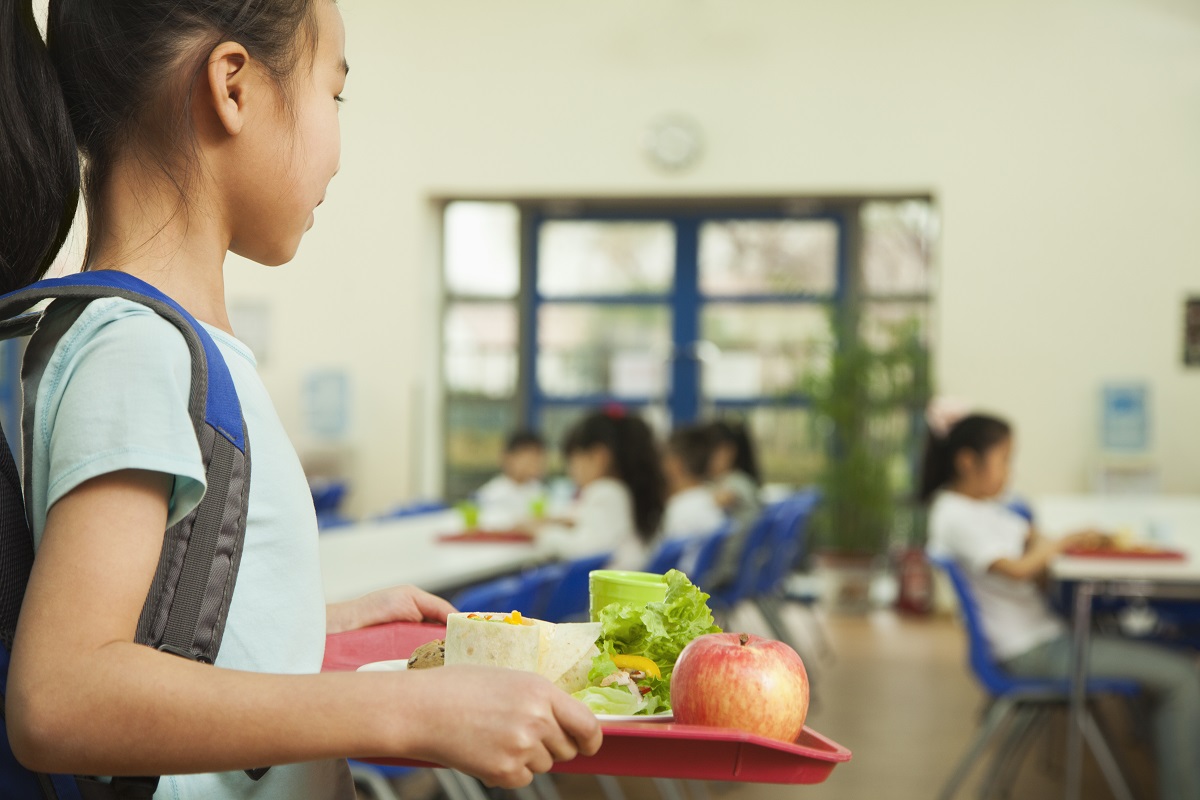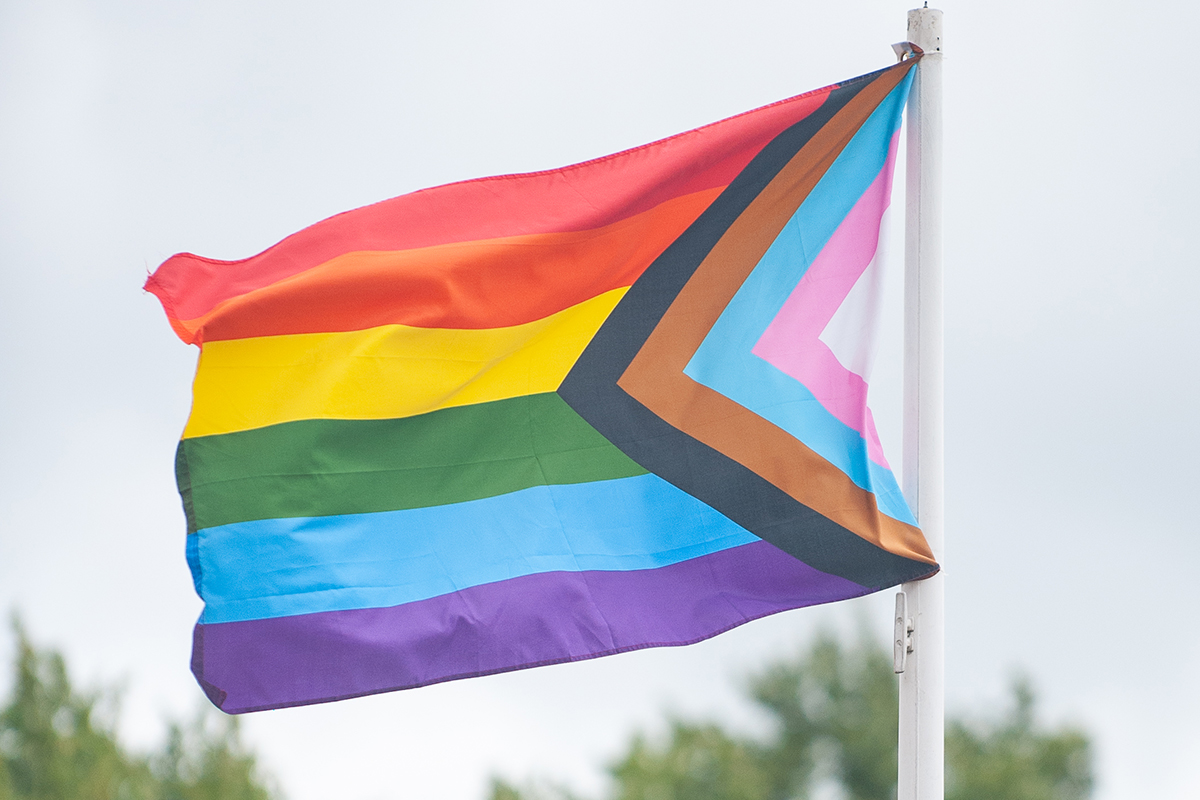The California Department of Education recently released the first comprehensive study to map tree canopy coverage at all public preK–12 school campuses in the state.
Across the state, more than 5.8 million K-12 students attend schools across over 131,000 acres of public land — much of which is paved and lacks tree canopy in the places children spend their time during the school day, according to the findings. As a result, millions of students are exposed to unhealthy high temperatures on a regular basis.
These harsh conditions are widespread and amplify the impacts of the climate crisis on children, particularly on campuses that serve more low-income families and students of color.
“As the climate emergency intensifies, it is imperative to provide California’s public schools with a clear pathway to solutions that will ensure children can continue to utilize outdoor play spaces well into the future,” authors of the brief wrote. “School-ground greening offers a way to address the climate crisis with an intersectional approach and is a critical strategy to closing the equity gap in access to nature, improving health and wellness, and providing opportunities for hands-on learning, climate literacy, and workforce development.”
The California Schoolyard Tree Canopy Equity Study was conducted by Green Schoolyards America in an effort to better understand existing conditions, establish a baseline from which to measure change over time and identify priorities for the California Schoolyard Forest System — a statewide initiative founded by the organization in collaboration with the CDE, the California Department of Forestry and Fire Protection (CAL FIRE) and Ten Strands.
Among the key findings:
- California’s school grounds only have 6.4 percent median tree canopy coverage in student zones. The California Schoolyard Forest System seeks to plant enough trees by 2030 that, when mature, will cover at least 30 percent of the student zones on each campus — the amount recommended by urban forestry and climate experts.
- Just 45 percent of the tree canopy on public school properties is accessible to students during the school day. The rest is located outside the student zone in exterior ornamental areas such as school entrances, parking lots and along the property’s perimeter. Researchers noted that these planting patterns invest irrigation water and maintenance dollars in places that don’t directly benefit children or protect their health.
- More than 2,597,000 students attend schools with less than 5 percent tree canopy in the student zones, including over 1,500,000 students who qualify for free and reduced price meals. Nearly all of the state’s K-12 public school students go to school on campuses with vastly inadequate levels of shade.
Long- and short-term recommendations for local and state policymakers outlined in the brief include focusing tree planting efforts on student zones, funding the CAL FIRE Green Schoolyards Grant Program and incorporating green schoolyards in the Public Education Facilities Bond Act.
As of this writing, California lawmakers are negotiating a $14-billion school facilities bond measure for the November ballot. Education, environmentalist and community groups are urging that $1 billion —about 7 percent of the money — be set aside for school greening projects to remove asphalt and replace it with green space. This would allow schools to not only upgrade facilities, but get shade trees and shrubs, play areas with grass, boulders and logs and cool, permeable surfaces including mulch and decomposed granite that let water seep into the ground.




